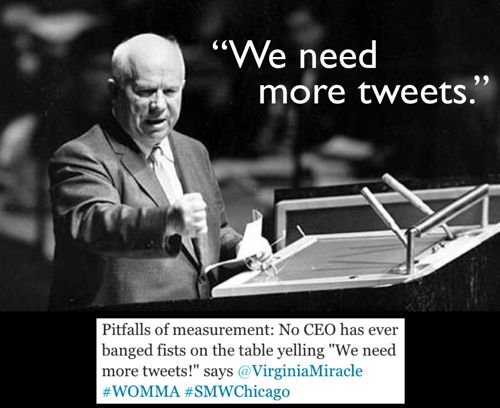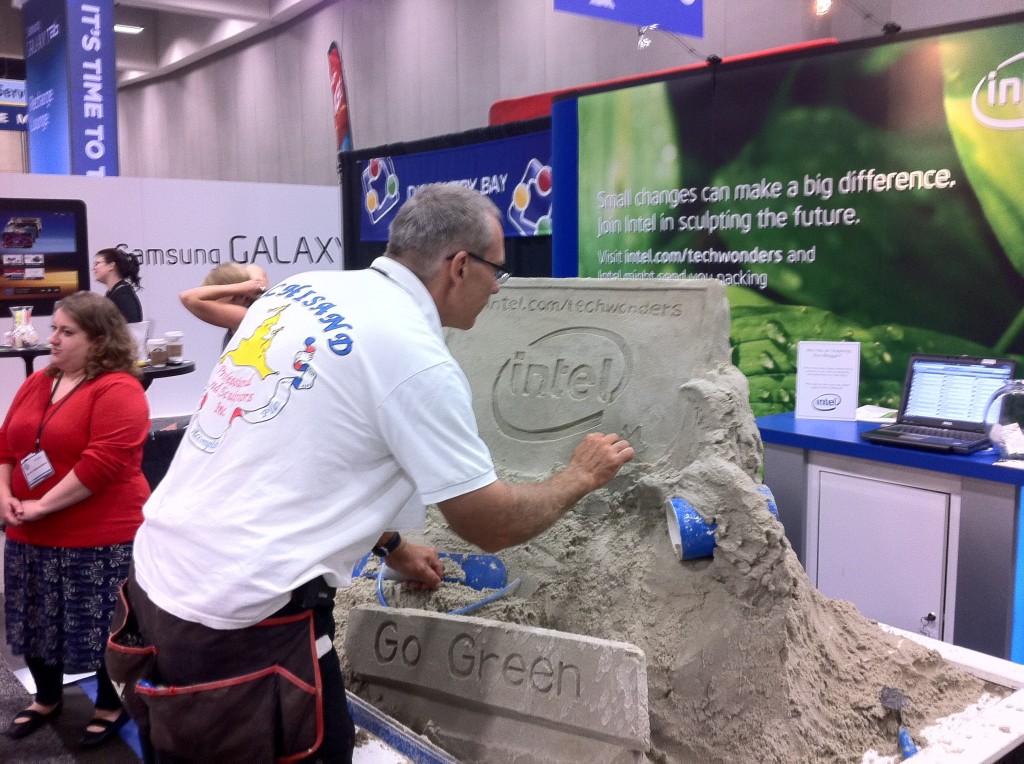SMMS to Address Scale in 2012
Crossposted from my new blogging home at Spredfast. I am thrilled to be there. More about my new job can be found here.
I am kicking off my second week of growing Spredfast’s professional services offerings to drive customer success and reduce time to value. It is a perfect fit for me – I’ve spent the last 10 years in roles on both the brand (Dell) and the consulting (Ogilvy) side helping organizations adopt Word of Mouth Marketing and, later, social in a way that makes sense strategically and can be executed well tactically. Early in the journey, my time was spent was spent convincing organizations that they needed to start listening and get involved. Later on, the bulk of my work progressed to actually putting together well-organized corporate presences and campaigns while, in many cases, cleaning up some social media driftwood cluttering the ecosystem. In the last year, however, we have seen complexity explode. Now instead of simply trying to stem social voice proliferation, we see strategies where the whole company can truly benefit from more and more parts of the organization being heard. But how can you manage a proliferation of voices – Continents, Countries, Brands, Products, Regions, States, Reps – and NOT confuse the customers who want to find us in their social spaces?
That’s why I’m here. 2012 is the year to tackle this complexity at scale and Social Media Management Systems (great Altimeter review on the space here) will play a critical role for those organizations serious about being able to get a handle on their social footprint – from governance to real time, rolled up analytics – and be able to prove that they are making progress against social business goals. Getting to that point, however, takes more than great technology configured correctly. It takes clear articulation of goals, KPIs and strategy. It takes savvy understanding of organizational dynamics. And perhaps most challenging – it requires behavior change. That’s when the fun begins.
As our journey progresses and my knowledge grows about traits of those brands successfully scaling the social business hill, I’ll update this space with some of the broadly applicable lessons. I hope you’ll join in – “network learning” will get us all further faster.


 Andrea Jung is a rockstar. Frankly, anyone who is a CEO of a company of Avon’s social and financial importance for more than a decade would be. Yesterday, I saw her give a public address on leadership to an audience of largely women. She was down to earth, inspiring, and highly quotable. A few of my takeaways and their applicability to social media below:
Andrea Jung is a rockstar. Frankly, anyone who is a CEO of a company of Avon’s social and financial importance for more than a decade would be. Yesterday, I saw her give a public address on leadership to an audience of largely women. She was down to earth, inspiring, and highly quotable. A few of my takeaways and their applicability to social media below: